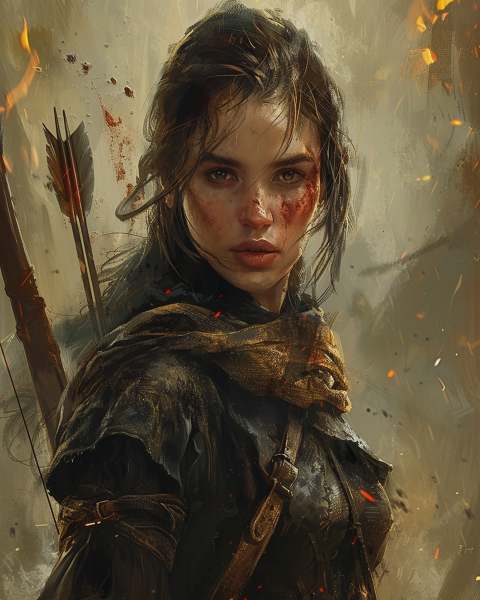
Gritty DnD Injuries - Expanding Exhaustion
Revamps exhaustion in 5e with -1 per level, gains on crits and death saves, class Shake It Off, and clearer recovery, adding tension, stakes, and teamwork.

Revamps exhaustion in 5e with -1 per level, gains on crits and death saves, class Shake It Off, and clearer recovery, adding tension, stakes, and teamwork.
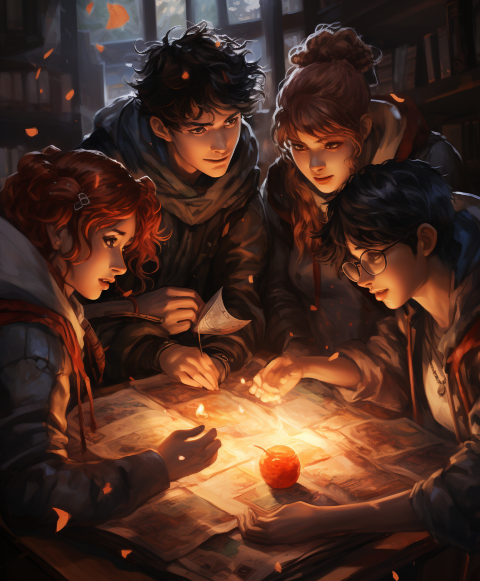
Rather than quick yes/no rulings, challenge players with conditional goals that turn edge cases into quests, deepening stakes and shared world.
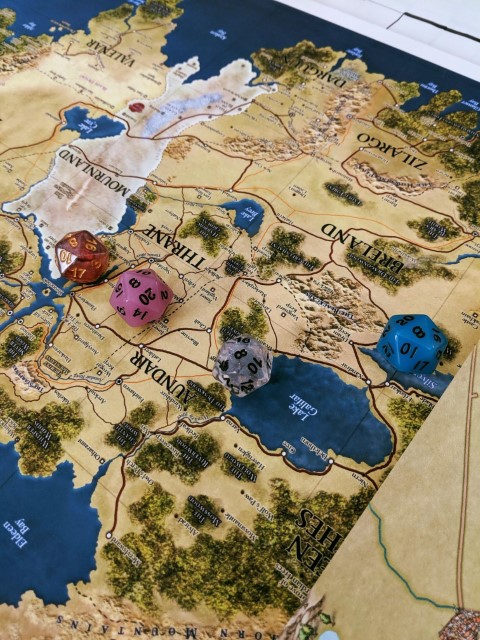
Applying Sanderson’s principles to tabletop RPGs, this argues for limits, costs, and risk over power creep, using subsystem interplay to enrich play.

The DM initiates and shapes play; collaboration matters, but new norms that cast their creative lead as suspect risk stifling games.
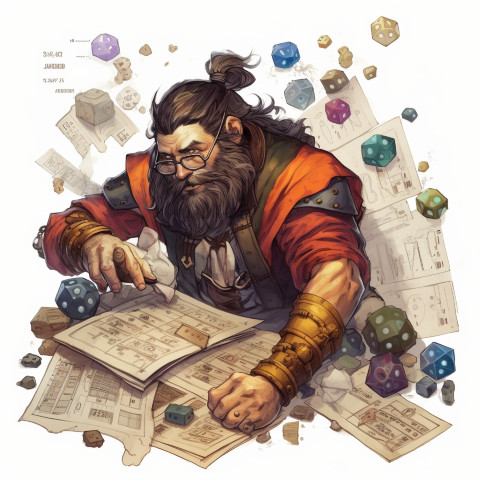
Advantage skews outcomes toward the mean, boosts easy checks more than hard ones, and its non-stacking design blunts creative tactics and tension.
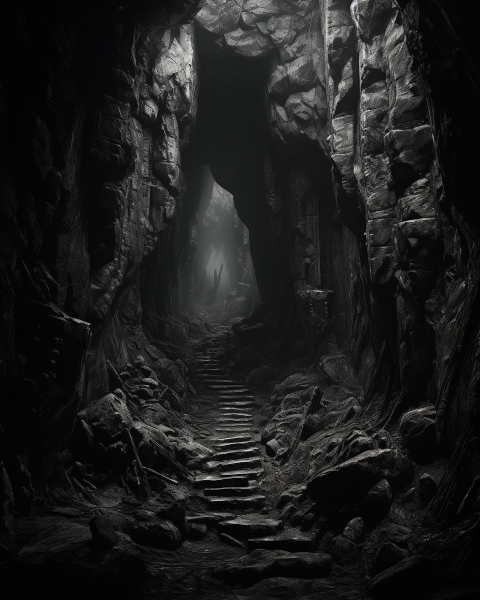
A level-5 DnD 5e grief-themed dungeon born from slain innocents, mixing environmental hazards and moral trials across five evocative chambers.

Transform travel by treating geography as a character, embedding hooks and implied encounters that spark curiosity and player-driven choices.
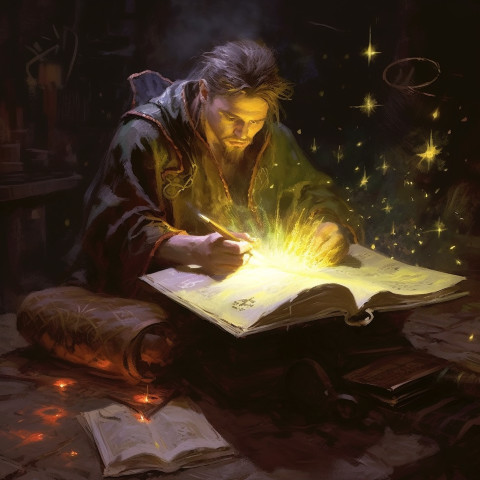
Homebrew options for arcane pet play: animate weapons, clockwork constructs, and mephits, with balance notes, scaling, and narrative discovery hooks.
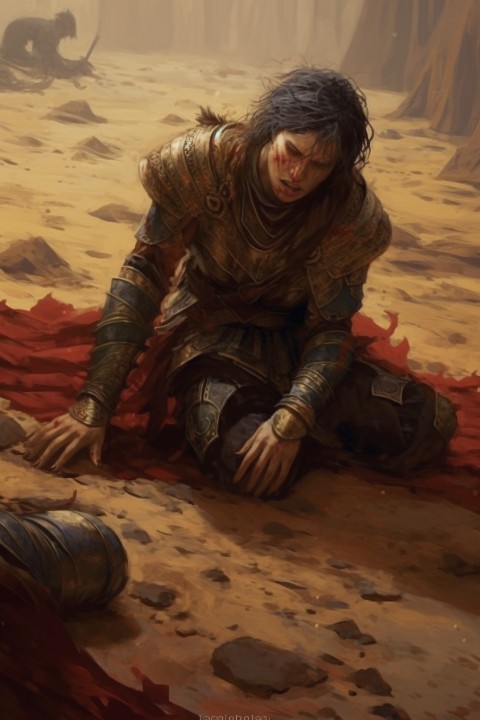
A proposed 5e house rule ties risk to negative HP and CON saves, raising urgency, nerfing Healing Word, and making knockdowns matter again.
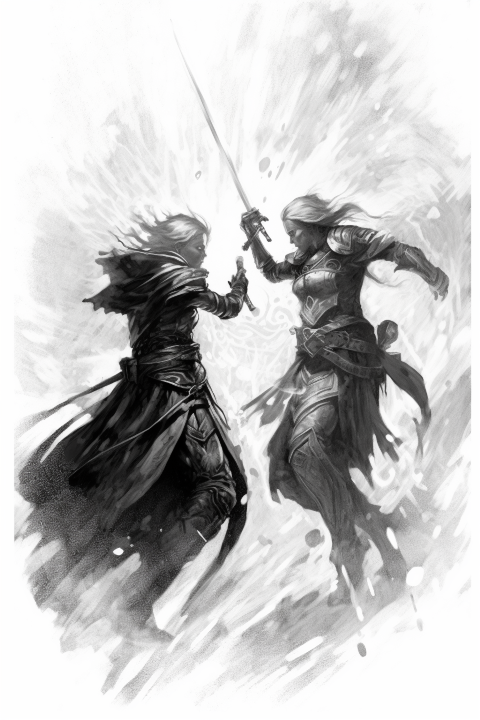
Explains AC as an abstract defense working with HP to pace damage over time, guiding narration and design without literal blow-by-blow realism.